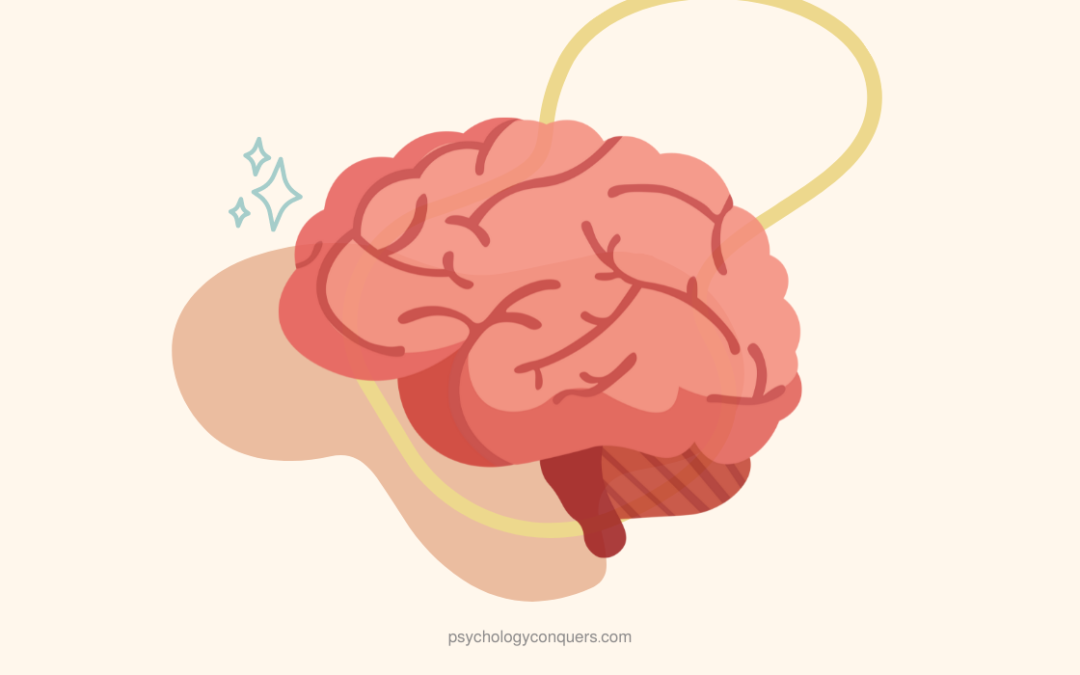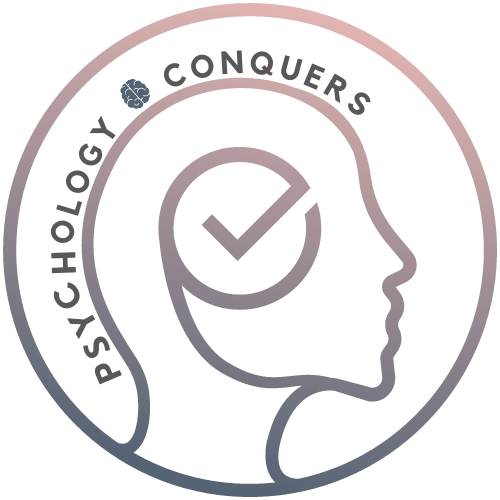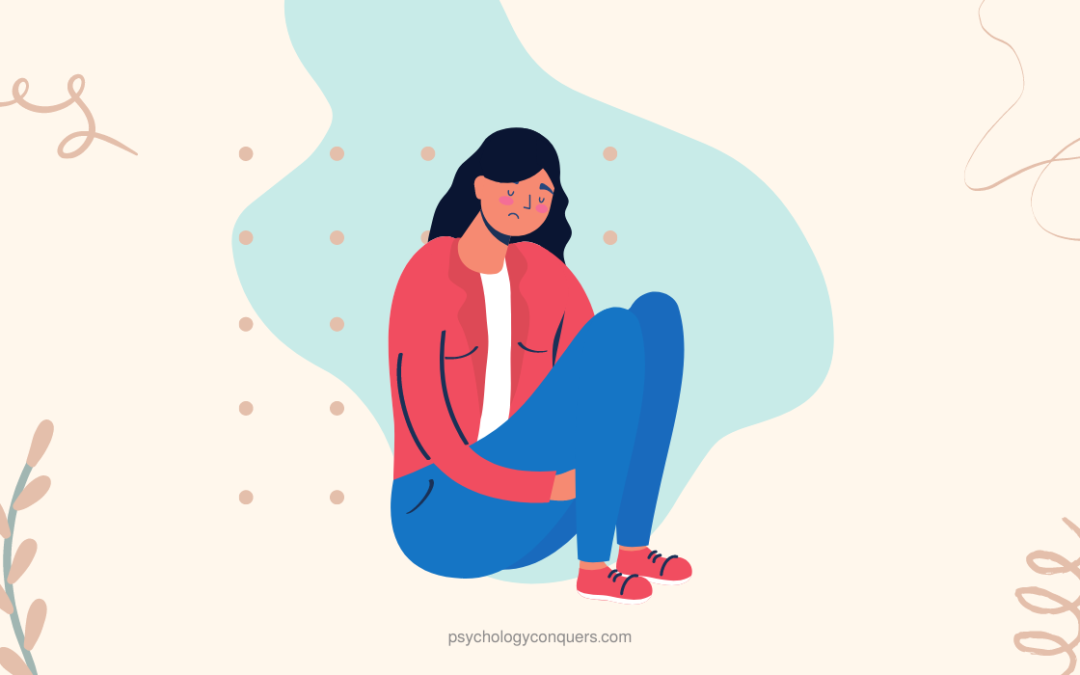
What is Neuroplasticity?
The Brain
The brain is so amazing when you take a closer look at it. Imagine what you can do: recognizing faces of people around you, reading, writing, cooking, driving, typing, researching, comprehending concepts – there are many things that you can do because of your brain, and isn’t that amazing?
People get so used to doing the simple that it can rob you of the fact that you have a brain, and having a brain is one of the greatest gifts you’ll ever receive. This statement might sound a bit sarcastic, but not really. When you think about it, what if you don’t have a brain? What could happen? But maybe that’s for another blog.
People’s brain is plastic (yup, but not like what you’re thinking right now). Several neural pathways continually form and automatically adjust because of a phenomenon that’s called neuroplasticity. Neuro means that it’s related to the nerves or the nervous system, and plastic means that it’s easily shaped or molded.
Amishi Jha, PhD, an associate professor in the Department of Psychology at the University of Miami, describes neuroplasticity as “the capacity of the brain to reorganize its connections based on experience.”
Defining Neuroplasticity
Dr Campbell put it this way,
“It refers to the physiological changes in the brain that happen as the result of our interactions with our environment. From the time the brain begins to develop in utero until the day we die, the connections among the cells in our brains reorganize in response to our changing needs. This dynamic process allows us to learn from and adapt to different experiences.”
When you think about it, brains are very extraordinary. Because of our experiences, the brain forms different pathways; others are dormant, created and discarded. This happens when a person learns something new. The brain makes new connections between neurons. A person rewires their brain to adjust to new situations. This kind of thing happens every day, but you can be proactive in doing this.
Neuroplasticity and Psychology
Since there is a lot of research about neuroplasticity, it’s evident how neuroplasticity can affect someone’s psychology.
Christopher Bergland (2017) mentioned,
“One could speculate that this process opens up the possibility to reinvent yourself and move away from the status quo or to overcome past traumatic events that evoke anxiety and stress. Hardwired fear-based memories often lead to avoidance behaviors that can hold you back from living your life to the fullest.”
There are certain things that neuroplasticity can change since it affects the way a person’s brain works. Psychology has continuously been transforming to help people change their thought pattern to live healthier and better life. But it has been a real challenge, especially for those who have traumatic experiences. But when you think about it, what if you can change your thought pattern that’s not fear-based or anxious-based? Will you do it? If it’s going to help you throughout the day, then why wouldn’t you take it.
It seems odd how a person can change their thought patterns if a lot of factors growing up has influenced them: environment, upbringing, educations, friendships, failures and success – all those experiences that shaped who and what you are right now. But sometimes, people’s experiences have a negative effect on them. Let’s take for example anxiety. If your whole life, there are specific things that make you anxious more than the others, you’ll have a new way of looking at things because of neuroplasticity. Instead of being fearful, you’ll be more courageous.
Isn’t that interesting?
Benefits of Neuroplasticity
- Boosts current cognitive capabilities
- Ability to learn new things
- Recovery from strokes and other traumatic injuries
- Strengthening areas for some functions that were lost or declined because of accident or disease
- Developments that can promote brain fitness
- Developed memory abilities
- Better emotional regulation
- Opportunity to create new healthy thinking patterns
How Neuroplasticity Takes Place
An adult usually has 7,500 synapses per neuron. This is half the number compared to younger children. As someone gains new experiences, some of the connections are just improved while others are removed. This process is called synaptic pruning. The brain can develop new connections and prune away weak ones so that it’s able to adapt to the changing environment.
What is it to you?
Because of the discoveries in neuroplasticity, you can rise above what you’re used to, especially the ones that aren’t good for you. That means that since the brain is plastic (or changing), it can relearn, unlearn, and learn. Imagine if you’re a person with unhealthy thinking patterns that caused you to have eating problems. The root cause of that might be what you experienced in school or at your house while growing up. You never saw yourself as enough or beautiful that you needed to make to do that to cope.
But with neuroplasticity, you don’t have to be stuck. You can change your thought patterns and eventually change your behavioral patterns because the brain does not stop growing in a particular change. It continues to change in response to learning.
Now, are you ready to maximize this ability?
- Traveling: Being in a new environment is good for the brain because it helps in forming dendrites. It doesn’t necessarily mean that you have to go in another side of the world to do that, but going on a weekend trip to a different city gives your brain stimulation.
- Doing mnemonic techniques: Doing memory training promotes connectivity in the brain and slows down memory loss that comes through aging.
- Learning a musical instrument: Brain scans appeared and showed that learning to play a new instrument causes brain growth.
- Learning a new language: Studying a new language positively affects cognitive abilities, reading, and verbal fluency.
- Exercising: Exercise helps in preventing neuron losses in the hippocampus, which is involved in memory.
- Mindfulness: Practicing Mindfulness benefits cognitive functions such as focus and regaining focus. The more discipline you are doing mindfulness, the more you’ll increase your focus and concentration throughout your day. Furthermore, practicing mindfulness helps in regulating emotions and mood. Because you can step back when you are experiencing difficult emotions and then identify negative thought patterns. From research, they found out that mindfulness promotes positive changes in neural pathways involved in focus, stress, mood, memory and attention. In addition, they found out that there’s an increased grey matter in the hippocampus, which controls focus and memory control and less grey matter in the amygdala, which is associated with fear, anxiety, and fight or flight response.
- Creating artwork: Based on the research of a 10-week art course, it showed enhanced connectivity in the brain area that’s called default mode network. This region plays a role in mental processes such as empathy, introspection, and memory. Engaging in Art also improves the neural pathway for attention and focus.
- Dancing: A research also found that it also increases neural connectivity that pushes a person to integrate several functions all at once: emotional, kinesthetic, rational, and musical.
- Sleeping: A research from NYU stated that sleeping helps in learning retention.
- Non-dominant hand exercises: Using the non-dominant hand also increases neural pathways. You can do it in your everyday routine like brushing your teeth, texting, holding/grabbing something. A study also showed that one benefit of doing this is enhanced emotional health.
The term neuroplasticity might be unfamiliar, or you might’ve heard about it before. It could be a complex concept. But one thing is for sure, because of neuroplasticity, the brain can grow, and different thinking patterns could change that can help you regulate your emotions and have better cognitive abilities. If you feel like you are stuck or are not growing, touch your head and remember that you have a brain, which is the answer to unstuck.

